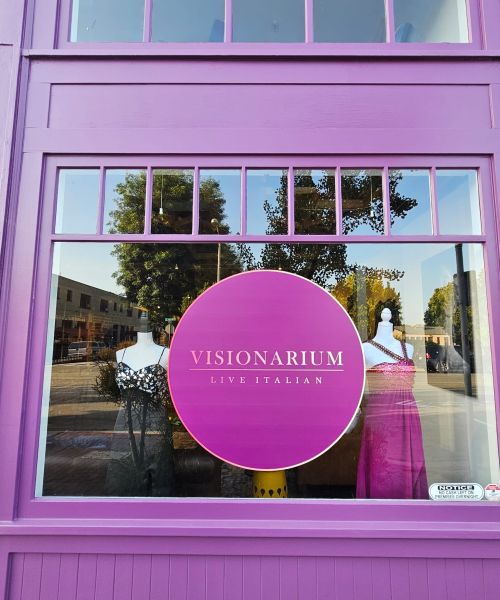ART GALLERY
Francesco la Rosa
BIOGRAPHY
Francesco La Rosa is a contemporary artist who uses unusual materials and tools to create his own jobs. In fact, he specialized in the micro-carving technique, obtained by scratching, millimeter per millimeter, on large leather canvases with scalpels and knives. He was born in Catania, Sicily. He's been chasing since he was little his passions for art and multipurpose knives. His great talent led him, as a teenager, to sign up at the Art Institute of Catania. During his studies he became passionate, like many others, about great artistic personalities from which he draws inspiration, including: Rembrandt, Leonardo Da Vinci, Canaletto, Caravaggio and Salvator Dalì.
At the same time he continues to collect knives, completely unaware of the use he will make of them future. He has worked as a photographer, tattoo artist, art restorer and finally as a brand designer photo albums. The spark arrived that ignited his creativity and led him to create his current works in the year 2013, during the creation of a skin engraving commissioned for the work, in which by chance he realizes that he can use his beloved knives to achieve an effect never seen before. From there he began an in-depth study of this new technique to put it at the service of his art. Start to exhibit in churches, he is invited to important events such as Fashion Week and Linea Pelle with which he collaborates exclusive fashion brands and brands known all over the world. It has been published in several magazines and newspapers, like Ansa, he continues to make his way by making himself known in America also thanks to the invitation to the next expo in Los Angeles, and there he was coveted by many international collectors and gallery owners.
The secret of this new technique comes from a strong philosophy, trying to convey the true concept of rebirth.
Working the leather with this technique allows no margin for error because it is impossible to erase it and it is impossible to make preparatory sketches.
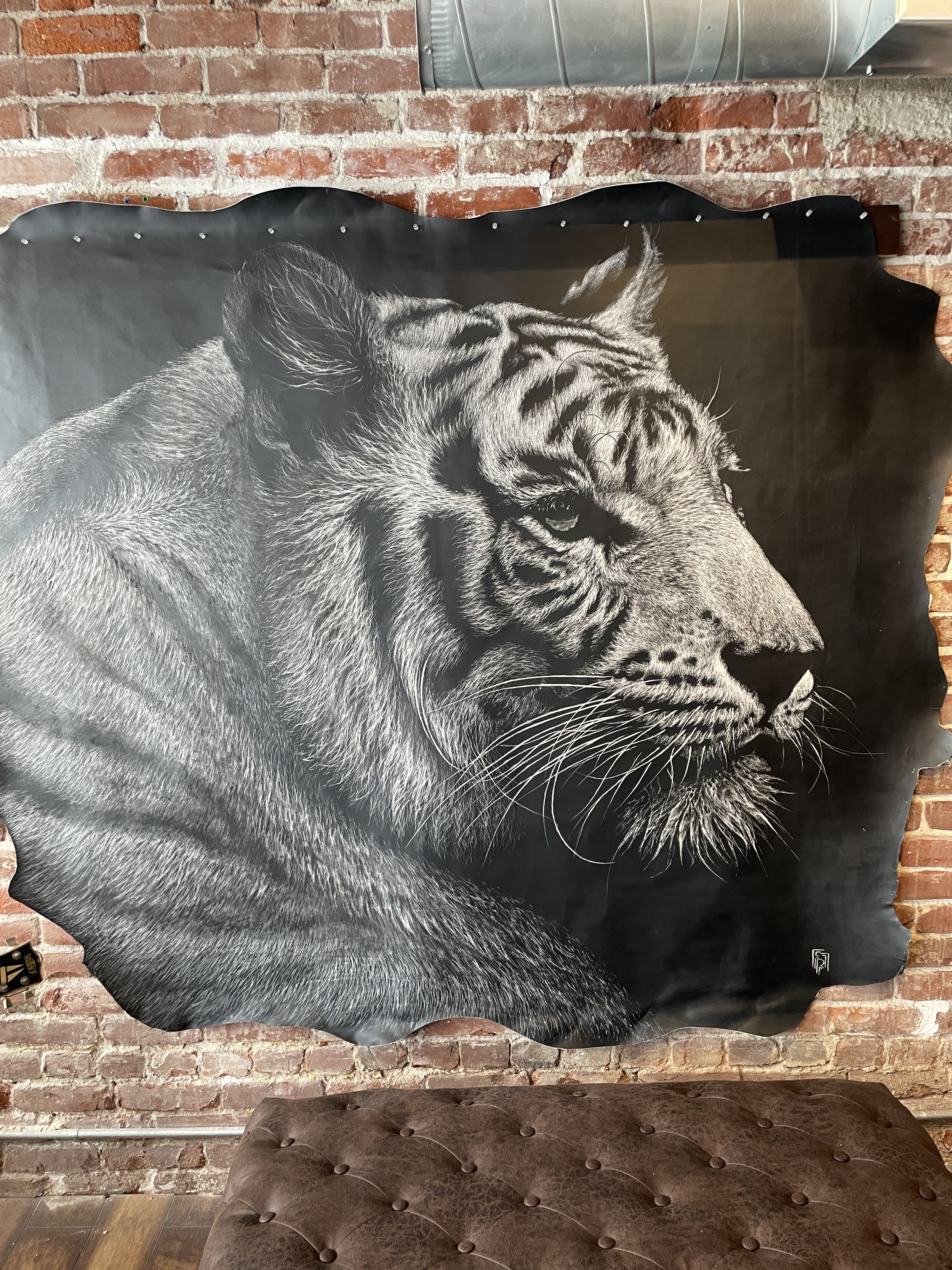



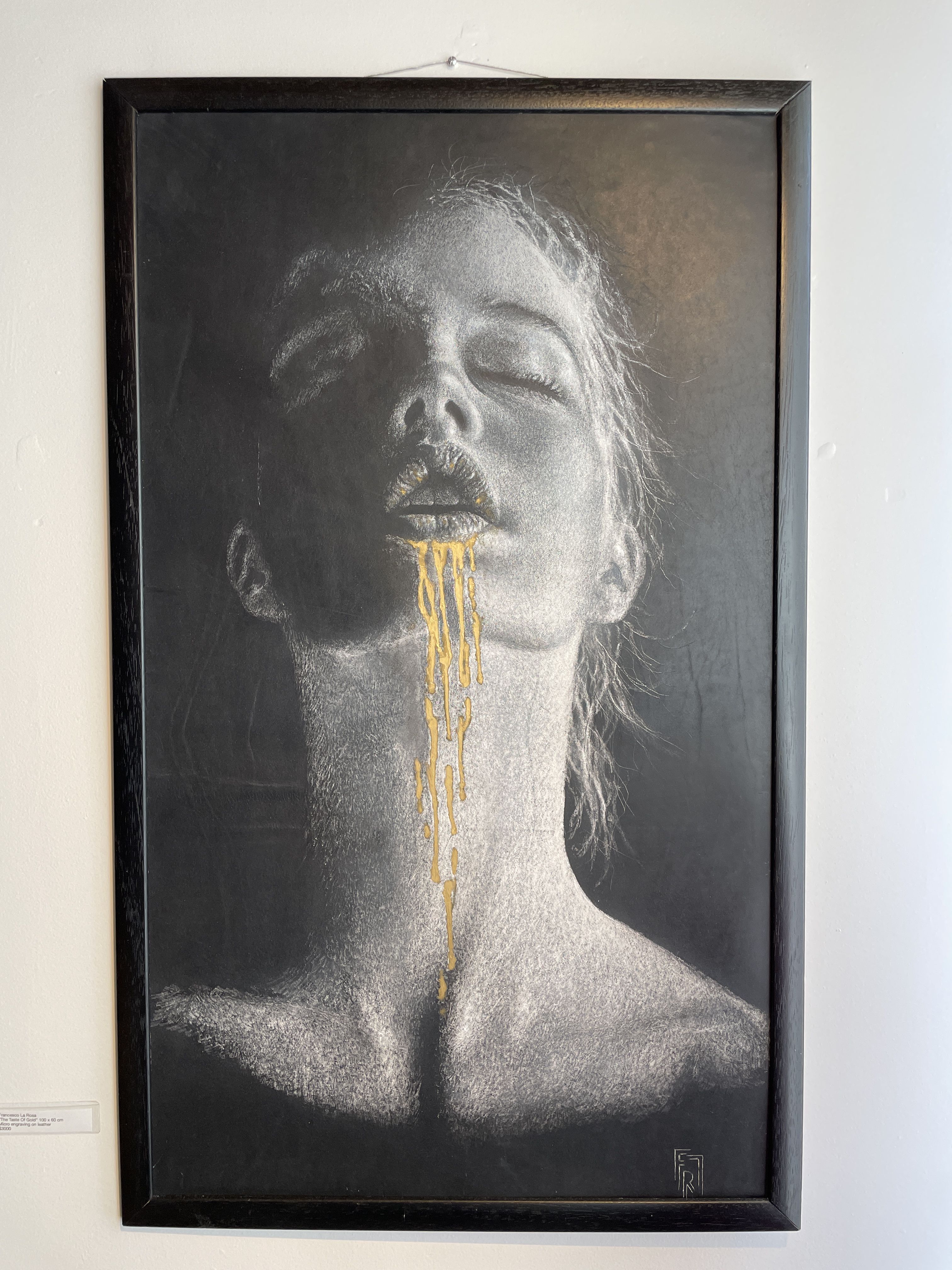

Gianna Bianchi
BIOGRAPHY
One of my friends, when speaking about me, always says: "She must have been born in a tube of colors!" In fact, my family has been made up of craftsmen, artisans, and painters (artists) for many generations: my great-grandfather was a decorator, and my grandfather, after attending the Florence Institute of Art in Porta Romana in the early 1920s, worked as a copyist in one of the leading antique shops at that time. My grandfather, ALTERO, passed on his passion for painting to my father, RICARDO, who graduated from the Florence Art College. In 1961, they opened their workshop, "Bottega Bianchi." Following in my grandfather’s footsteps, I also attended the Florence Institute of Art (in Porta Romana) from 1978 to 1983, and the year after, I joined the family business.
Like many craftsmen and artisans living in Florence, my work is also my passion. No doubt, living in a city of art like Florence, surrounded by colors and paintbrushes, greatly influenced my decision to pursue this path. After my father's retirement in 2010, I took over the business of Bottega Bianchi, becoming the Managing Director, Owner, and sole artist. Many people believe that the ability to paint is a gift, and since I was fortunate enough to receive this special gift, it is a pleasure for me to bring to life the ideas of my clients, who commission me to create paintings that are artfully "aged."
The distinctive characteristic of my works is their "antique" appearance. This result is achieved through a mixture of chalk and glue spread on the canvas, which is then painted in the exact manner used by the Old Masters in the 16th century. Some time ago, I moved to the heart of the Chianti region, specifically to San Casciano Val di Pesa, a charming village with a delightful historic center and an interesting Sacred Art Museum, well worth a visit. Despite being very fond of Florence, my birthplace and one of the most beautiful historical and artistic cities in the world, living in these green agricultural hills, covered in olive groves and vineyards, is my source of inspiration, which I hope to convey through my paintings, thus fulfilling my clients’ wishes.

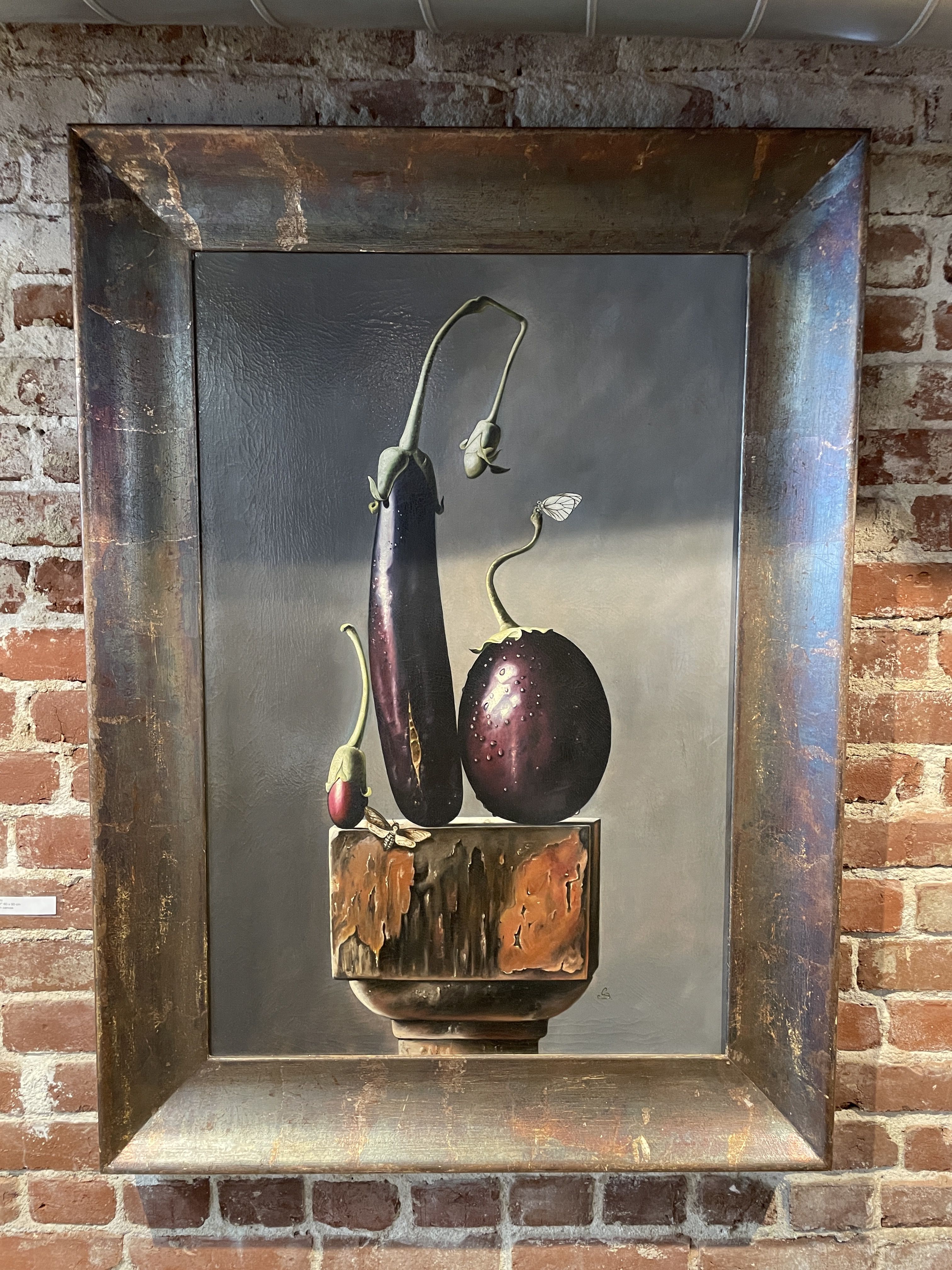

Christian Maccioni
THE MEANING OF HIS WORKS
mekarts is a concept that aims to promote an idea of modern art focused on the recovery and reuse of waste. the materials used for the construction of the works are entirely recovered from iron scraps.
As a human ages, their skin wrinkles, their hair grays, and their joints stiffen. Similarly, an iron sculpture, exposed to the elements, undergoes a gradual transformation that can be likened to a process of aging. Just as fine lines etch the face of an aging person, rust begins to appear on the surface of the sculpture. These reddish-brown marks are like wrinkles, a testament to the passage of time. As the sculpture rusts, it may lose its original luster and color, symbolizing a decline in vitality and a fading of the youthful energy it once possessed. Despite the signs of aging, the sculpture can also undergo a transformation. The rust can create intricate patterns and textures, adding depth and character. In this way, the sculpture can be seen as acquiring a unique beauty that comes with experience and time. In this anthropomorphic view, the rusting of an iron sculpture becomes a metaphor for the aging process, a journey that is both inevitable and transformative.





Hector&Hector
BIOGRAPHY
Hector&Hector, born in the 1960s in the land once part of the Eastern Roman Empire, was drawn to art from a young age, studying painting autodidactically while helping his father with revolutionary ideas for the time in Byzantine culture. After studying Drama, Experimental Art, and Photography, he also explored acrobatics and was influenced by the Paris School. His artistic journey led him to Dadaism and later to Pop Art, drawing inspiration from artists like Andy Warhol, Roy Lichtenstein, and Keith Haring.
In the 2000s, Hector&Hector began developing his own artistic manifesto, promoting freedom of research and expression beyond traditional artistic frameworks. In 2009, he co-founded "Gruppo 50" and focused on recycling art, creating public installations from industrial scrap materials. His philosophy, "New Word Art," influenced by Heraclitus' concept of life as flux, seeks to transcend traditional notions of art and create a space of metamorphosis and transformation.
Currently, Hector&Hector lives between Italy, Hungary, France, and England, continuing to develop new cycles of work, such as one dedicated to symbols and color, following the theme of his previous work "No Terra."


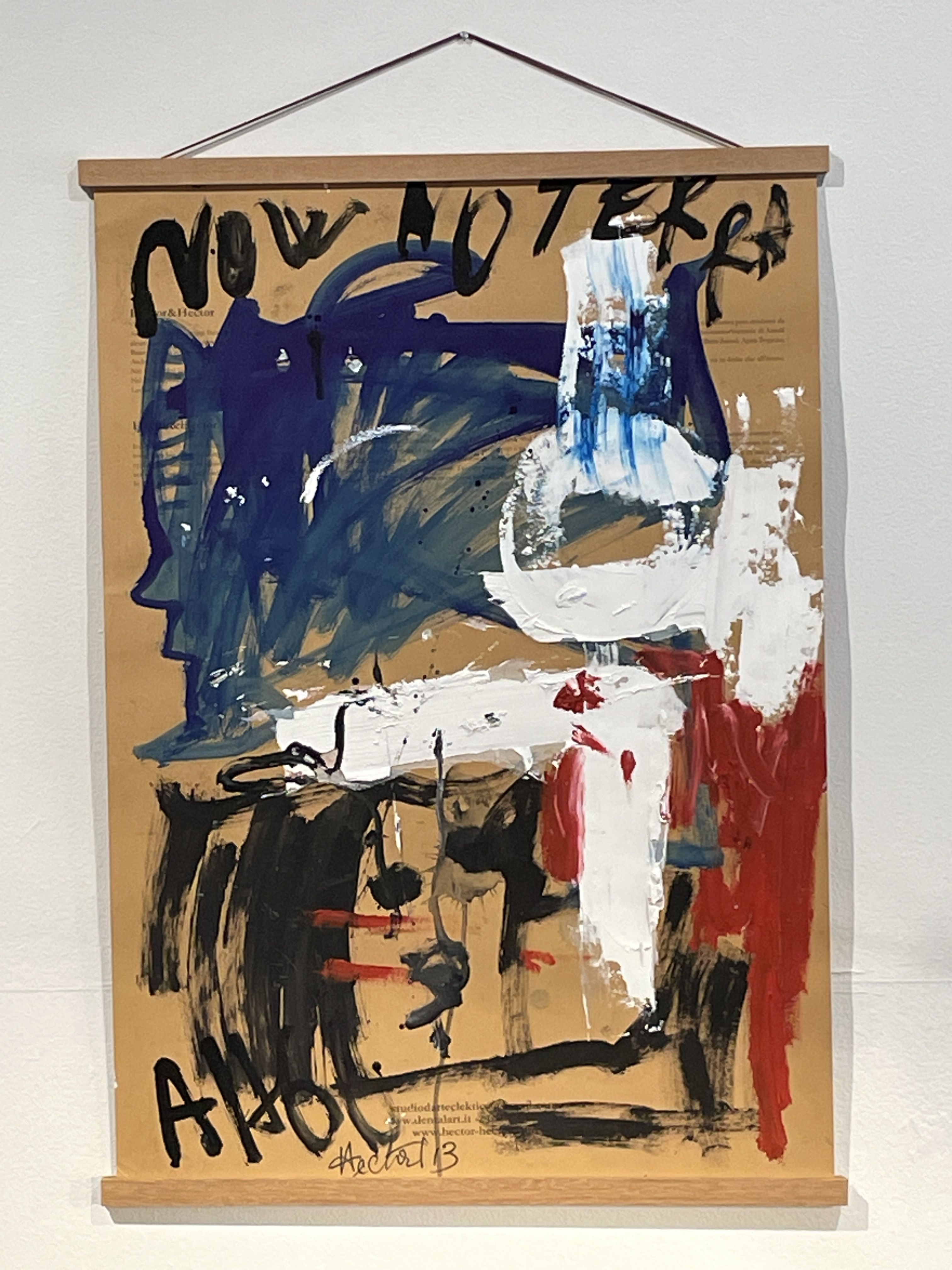
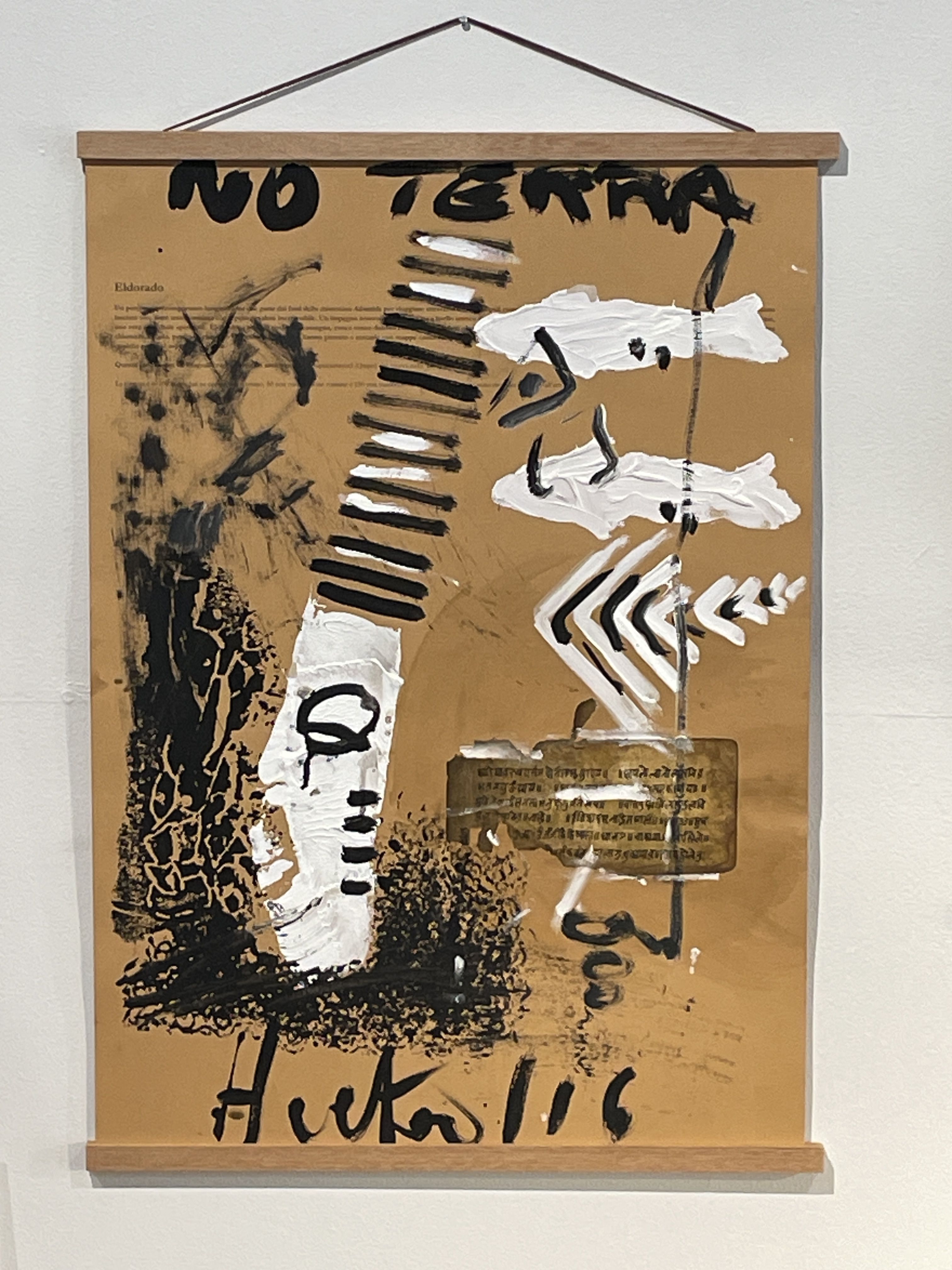

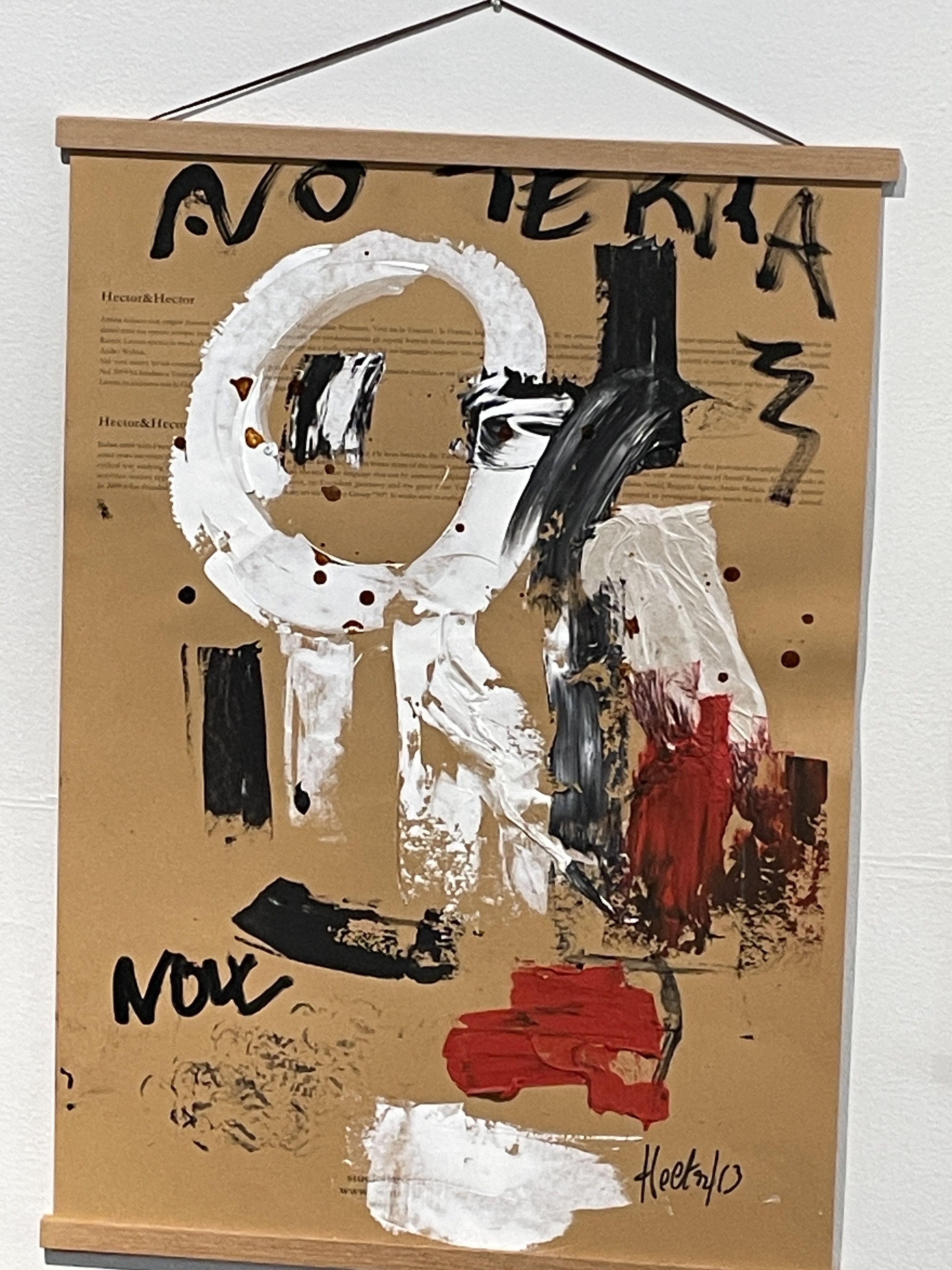
Violetta Carpino
BIOGRAPHY
Violetta Carpino, born in Rome in 1991, is a painter and artist who graduated from the "Accademia di Belle Arti" in Rome in 2014. She has exhibited her work at prestigious events such as “Spoleto Arte,” curated by Vittorio Sgarbi, and has designed the 2017 Rome Marathon medal. She also created scenography for Cristiano De André's tours in 2016 and 2017. Violetta has participated in several international street art festivals and collective exhibitions, including “Graffitea” in Valencia and “Serpis Urban Art Project” in Spain.
Early in her career, she won the "Shopping Bag 2011" contest and the “Fidia – Arti Figurative e Plastiche” prize in 2012. In addition to her exhibitions, she has conducted painting courses and private lessons. Violetta’s artistic journey is guided by her mentor, Professor Roberto Dottorini. Her work explores themes of intimacy and sincerity, conveying female sensitivity, and she experiments with various mediums while maintaining consistency with her painting style.

MYFO
BIOGRAPHY
Marco Michelini, aka Myfo, born in 1978 in Genoa, began his career as a fashion stylist, yacht supplier, and interior designer. His artistic identity emerged in 2006 with the creation of a bandit figure, which became central to his art. His work often explores the complexity of criminals and societal symbols.
In 2018, Myfo shifted to figurative art, drawing inspiration from Warhol and Rotella. After being discovered by a gallery owner, his art gained recognition, leading to exhibitions in places like Monte Carlo. Celebrities, including Paris Hilton, embraced his work, further boosting his fame.
Philosophical Thought
Myfo views banditry as a metaphor for modern life, portraying societal struggles through vibrant, dynamic artwork. He explores the tension between surface-level brightness and the underlying drama of society’s lack of direction.
Technique
Myfo uses a mix of collage, original cinema posters, and resin, adding layers and tears to create tactile, intimate experiences. His works, which include UV-reactive paints, offer two distinct visual experiences. He critiques pop culture's obsession with fame and money, positioning himself as a leader of a colorful, fluorescent art movement.

Koistancil
THE MEANING OF HIS WORKS
The passion for street art and its many techniques, has brought him closer to the world of stencil. Multilayer stencils are his favorite. Through precise and well-calculated cuttings he mainly paints portraits, close-ups, particular expressions of people or animals that strike him in his days.
In addition to various personal and collective exhibitions, over the years he has had the opportunity to collaborate on important projects of international companies (Disney, 20th Century Studios, RedBull etc.).
His technique is constantly evolving as well as the passion that leads him day after day to experiment and refine the way of painting and his own artistic research.
Koi transforms the harshest aspects of metropolitan cities into contemporary works of art, mixing the vitality of street art with the conceptual depth of contemporary art. With an innovative approach, his work creates a vibrant dialogue between urban elements and more traditional artistic contexts, generating a cluster of visual and conceptual stimuli that challenge and enrich our way of perceiving art and polis.


Emilio Cavallini
BIOGRAPHY
Emilio Cavallini was born in San Miniato, Pisa in 1945. In the mid-sixties, he immersed himself in his greatest passions: fashion and art, and his work emerged in an innovative and original way. In the late sixties, he moved to London and collaborated with Mary Quant on her stocking collections. Emilio Cavallini reinvented the concept of pantyhose, drawing inspiration from contemporary art, transforming stockings into an elegant accessory that redefined the image of women. Cavallini’s career as a designer led him to engage with artistic circles, particularly in the United States. While gaining recognition in the fashion world, he also began creating significant artworks to pursue his personal interests. In 2010, he decided to dedicate himself exclusively to art and share it publicly. Emilio Cavallini uses unconventional materials for his art, such as nylon yarns, printed fabrics, his own tights, and yarn reels, all borrowed from the fashion industry. His artistic research is based on geometry and mathematics, with elements like dots, lines, squares, triangles, and circles arranged in a 3D space. His works follow principles of combinations, permutations, growth algorithms, and the latest mathematical-geometrical theories, as reflected in the titles of his artworks. Cavallini’s artistic journey aligns with significant art movements from the second half of the 20th century, including Kinetic Art and Generative Art. His artistic path is outlined in the book Magnificent Obsession, curated by Benedetta Barzini and published by Skira.

Fedeblues
BIOGRAPHY
I am a left-handed artist, and in 2008, I was mainly affected on my left side and then in my vision. When my beautiful hand, the one I used to paint and draw, no longer works as it once did, I asked myself how I could continue. It became an artistic and life challenge. However, I understood that the real problem for me would have been not having anything left to say. After a long crisis, curiosity and the desire to learn again reignited, despite everything. My artistic and professional life changed, and in many ways, it might have even improved. I gained an awareness I wasn’t used to, becoming a beginner again with a toolbox full of magical tools that only we can use. I would have gladly done without it, especially for those close to me, but if it weren’t for multiple sclerosis, many things I would never have understood. I’ve always had a hard time learning without being hit in the face. After losing my job and the passion of a lifetime, I found something much more important: the strength to start again every day, without shame for a difference I didn’t choose, but which continually changes the measure of my limits, while making an effort not to turn them into shields for my own faults. I now divide my time between artistic research and teaching, helping young people discover the superpowers hidden within the folds of diversity. More than 'who I was,' what I missed was not realizing 'who I am,' searching for the artist and the best version of myself, even if only with a smartphone in hand.

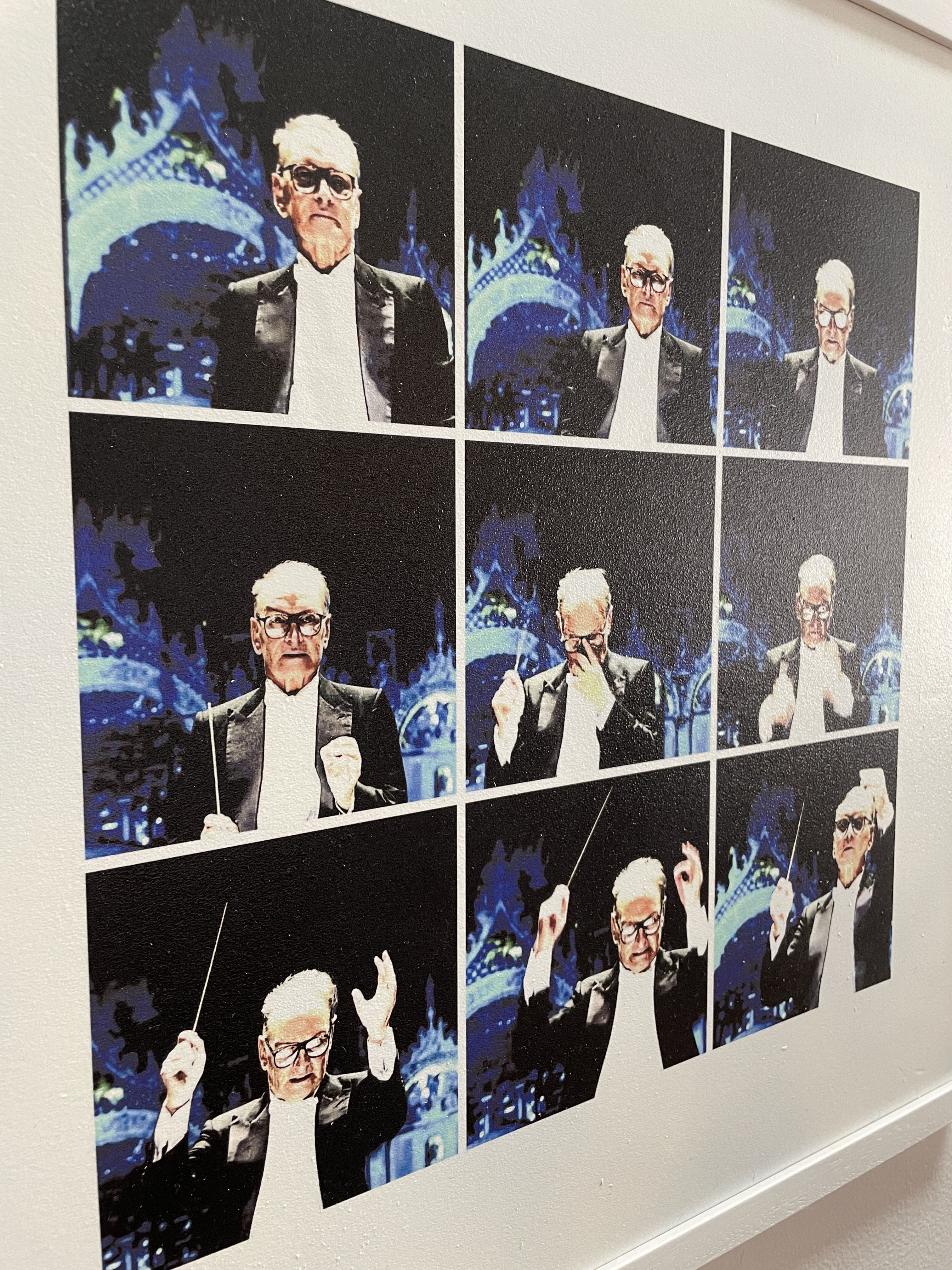
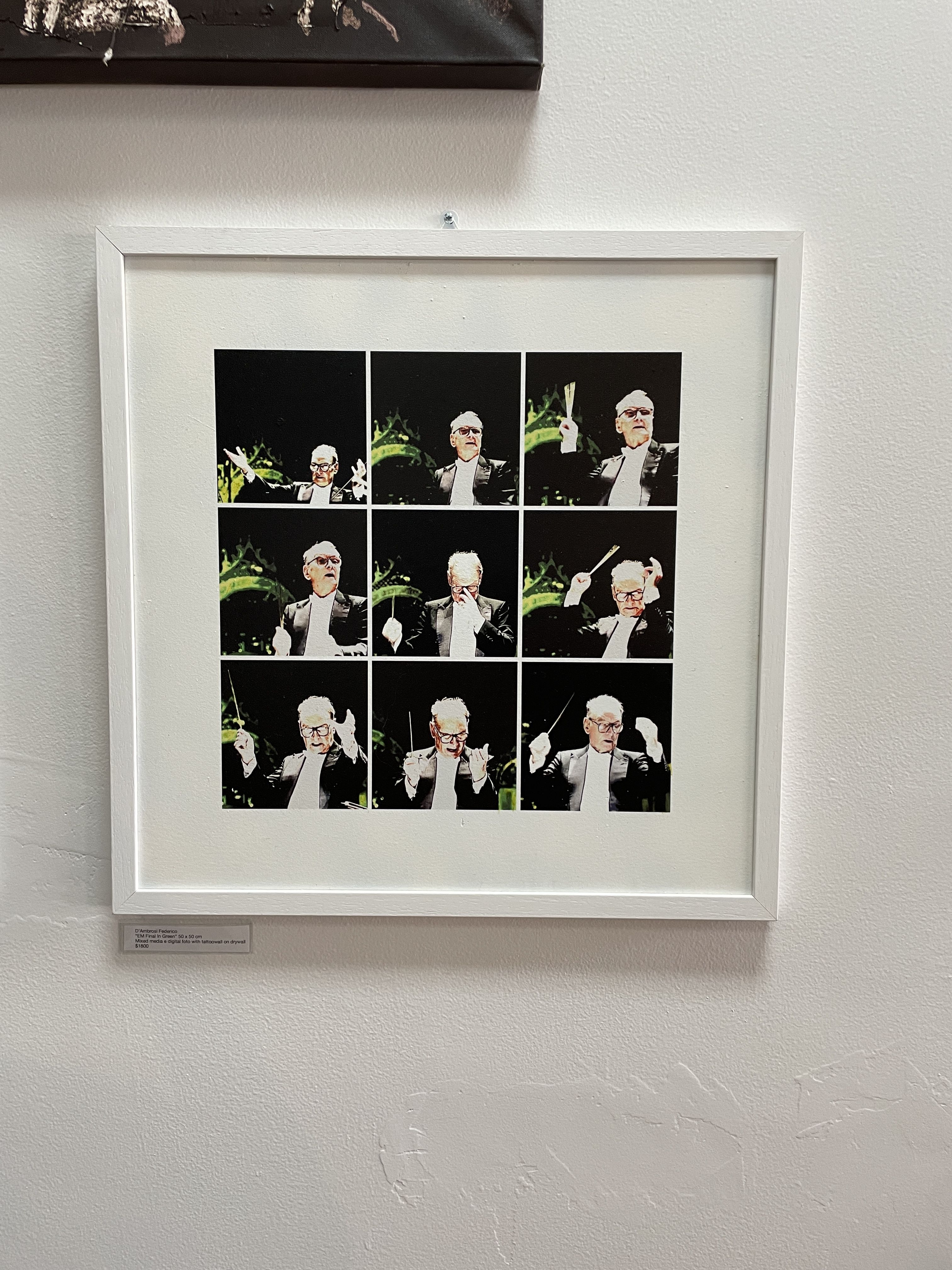

Kocore
BIOGRAPHY
Kocore is an unusual contraction of two words: col cuore, or "with heart." This name reflects the artist’s dedication to his work, where each line drawn or cut is infused with passion. It speaks to his relentless pursuit of geometric perfection, a challenging feat when working with paper cuts, yet one he has consistently aspired to achieve. Initially, he used sharply defined images, but fate—or perhaps intentional design—guided him toward a focus on lines. These lines, whether geometric or chaotic, filling or hollowing, circular or straight, have become his signature style. Since beginning his journey in 2013, Kocore has left traces of his art across various cities including Rome, Perugia, Bologna, Milan, Genoa, Sardinia, Buenos Aires, and Kaiserslautern. Through these evolving shapes and structures, he explores how form and emptiness can coexist, using his art to weave meaning and intensity into each creation he leaves behind.


Beetrootart
BIOGRAPHY
Born in Rome in 1974, Riccardo Rapone, known artistically as Beetroot, has emerged as a prominent figure in the international street art scene since 2009. Recognized for his technical expertise and the powerful impact of his work, Beetroot’s art spans both canvas and urban walls, embodying his philosophy of “creative freedom.” He believes in the transformative power of art to engage the public, seeing each piece as a gift to the community, designed to provoke thought, inspire, and reflect the human experience.
Beetroot experiments with materials like spray acrylics and plaster, often using tools like drills to create textured, evocative pieces. His works address themes of social commentary, poetic expression, and introspection, pushing viewers to question societal norms and reflect on their own perceptions. He has exhibited in venues such as Rome’s Mondo Bizzarro Gallery and London's Graffik Gallery, yet his art truly comes alive in public spaces across Rome, Europe, and beyond, where it speaks directly to the urban landscape.
For Beetroot, street art transcends the “beautiful” or the conventional museum piece. His art transforms ordinary city walls into narratives of resilience, uplifting urban spaces and countering the detritus of mindless graffiti. Through his dedication, Beetroot champions a vision of street art as a voice of renewal, passion, and insight—a new path in contemporary art that invites everyone into a dialogue beyond the boundaries of traditional galleries.


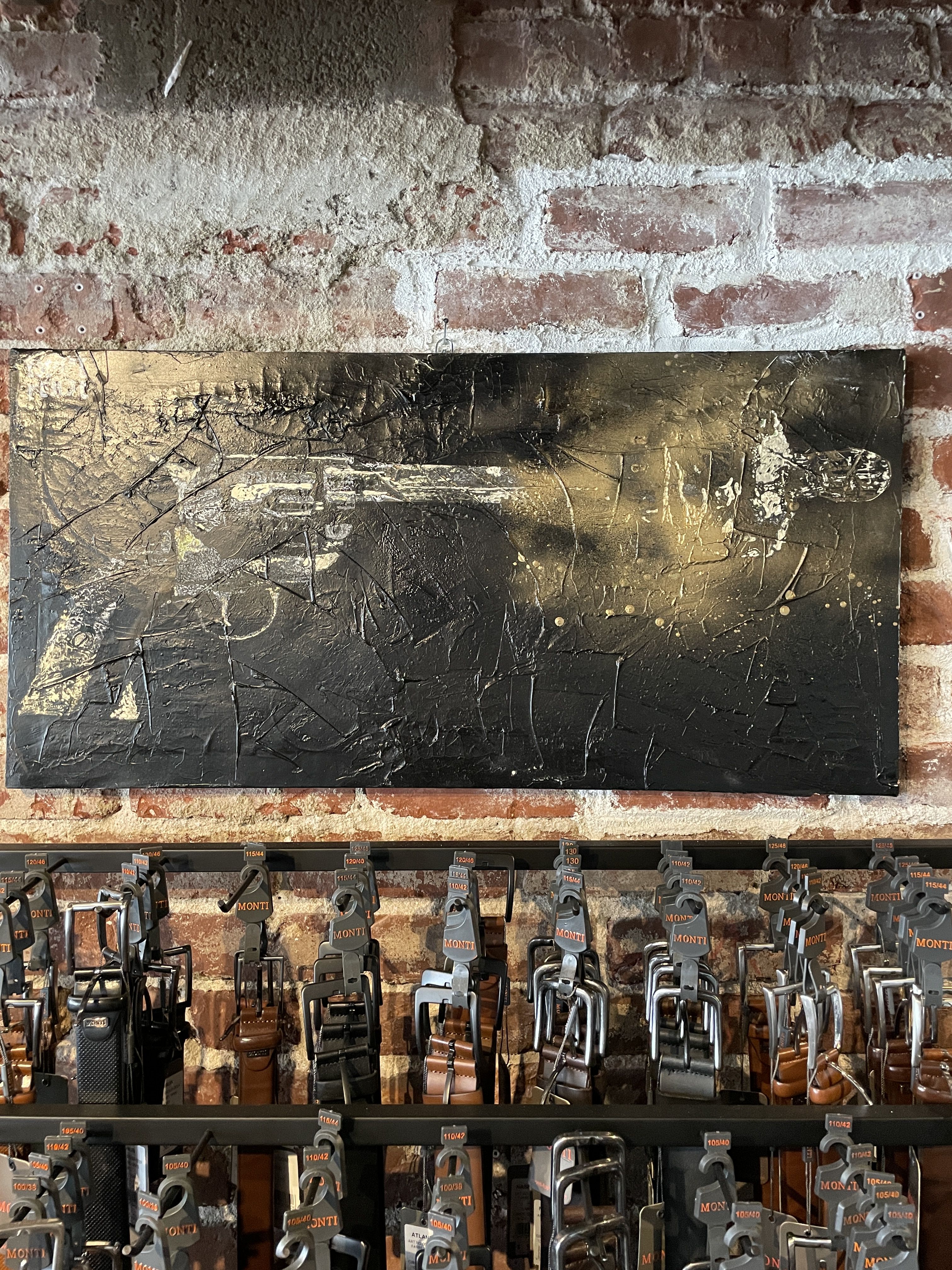
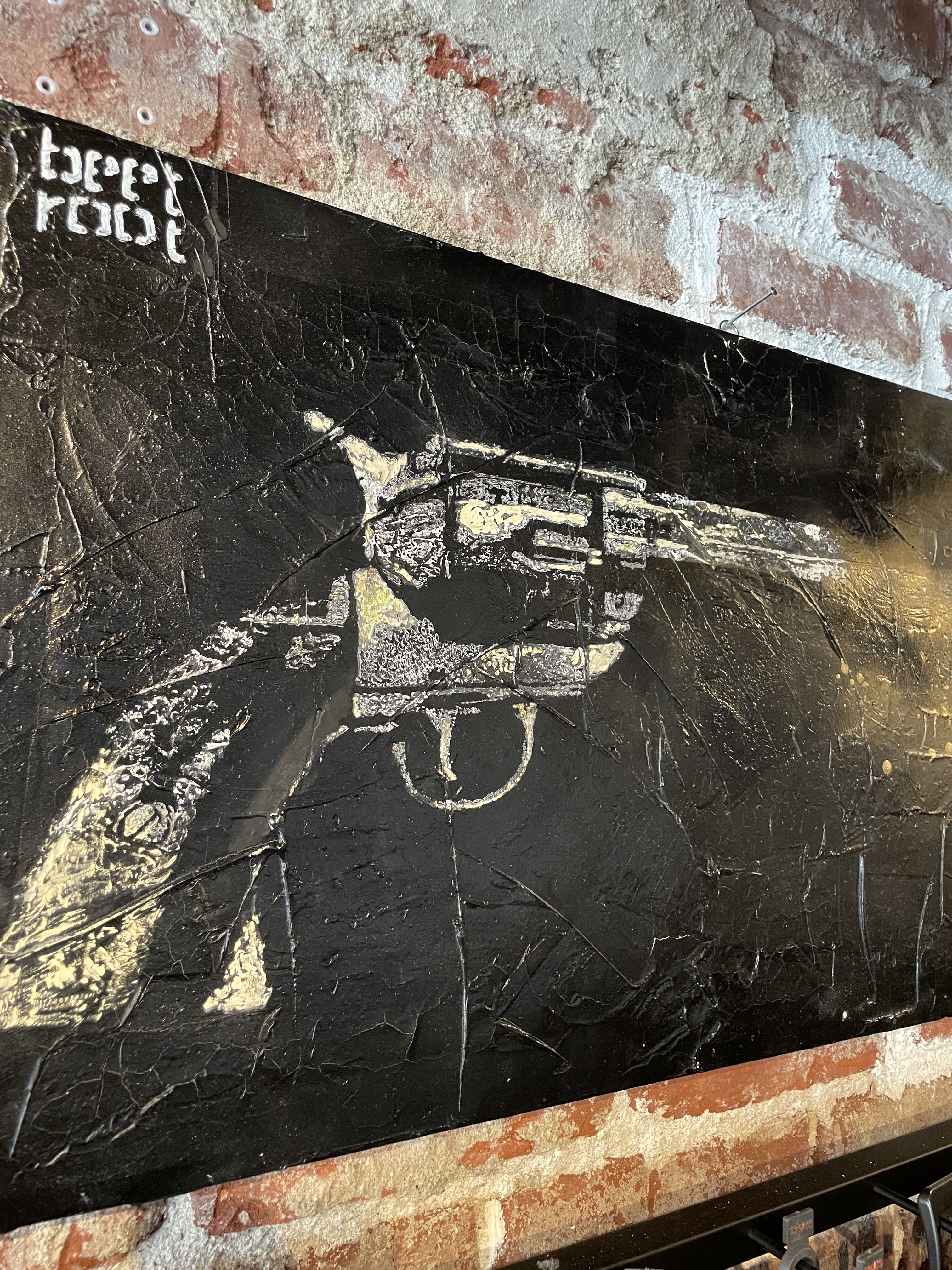
Massimo Giorgi
BIOGRAPHY
Massimo Giorgi is a contemporary Italian painter. In his work, gestures, marks, and lines become vibrant traces of color, creating figures and backgrounds that pulsate and interact. His use of color acts like a living organism, with dynamic visual and emotional feedback emanating from each brushstroke. Rather than manifest ideas or overt statements, Giorgi’s paintings capture subtle emotional currents that resonate on a sensory level. His spontaneous yet intellectually nuanced approach reflects a deep cultural journey, shaped by a commitment to the challenges and needs of contemporary life.
Giorgi's work has earned numerous awards, including the Third Prize at the International "Biennale dell'Incisione Città di Monsummano Terme," where his pieces were showcased alongside works by Giorgio de Chirico and Georges Rouault at the Museum of Contemporary and 20th Century Art in Tuscany and at Le Toboggan Cultural Center in Décines-Charpieu, France. He also received recognition at the 19th Edition of the "Fibrenus - Carnello cArte ad Arte" Printmaking Prize at the Civic Museum of Sora (2005) and First Prize in the "Art-e-Premio Arti Visive Contemporanea," where he won in the sculpture/installation category, among others.
Born in 1976 in Frosinone, Italy, Giorgi has exhibited extensively both in Italy and internationally, with shows in France and Poland.

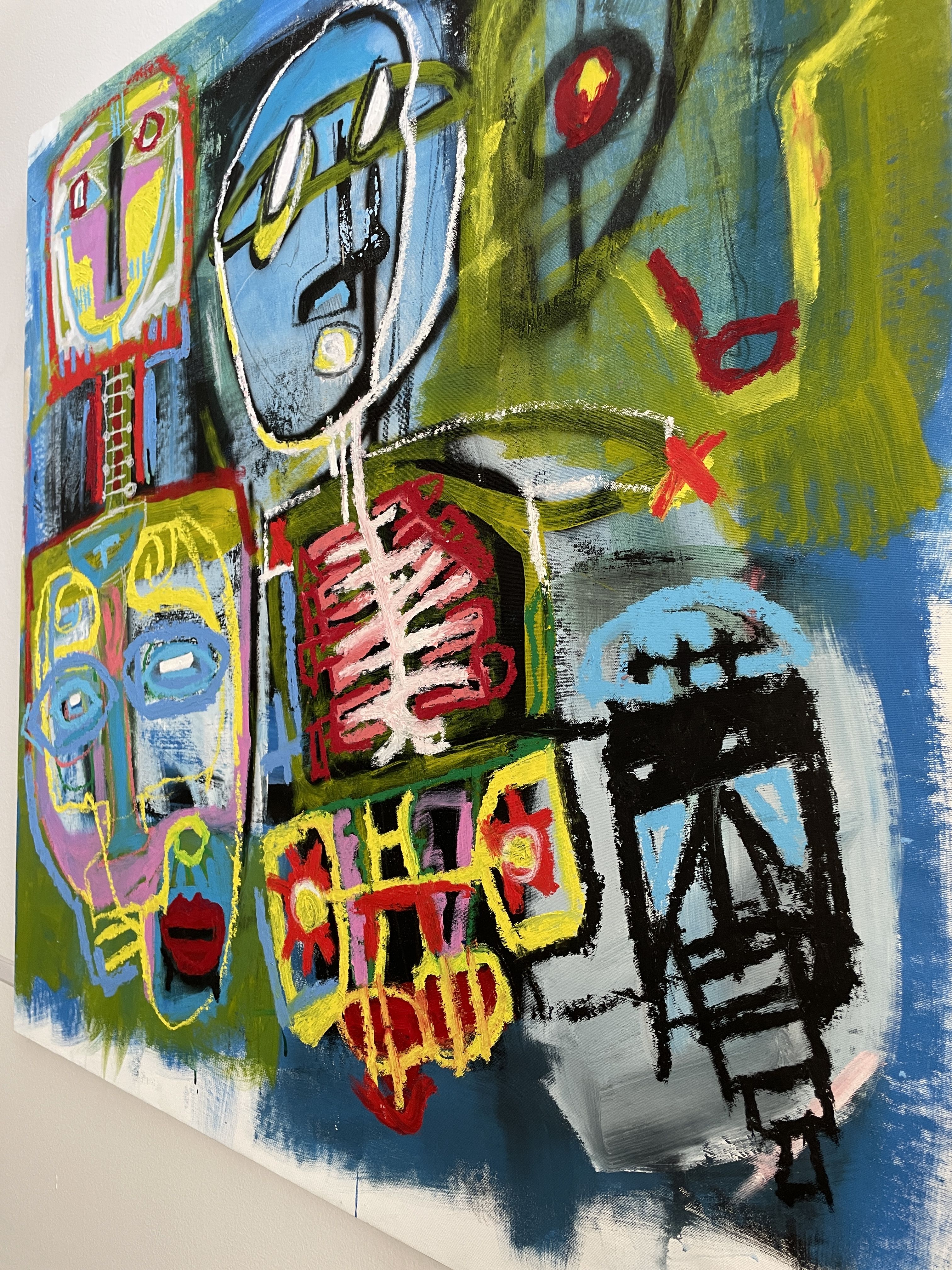
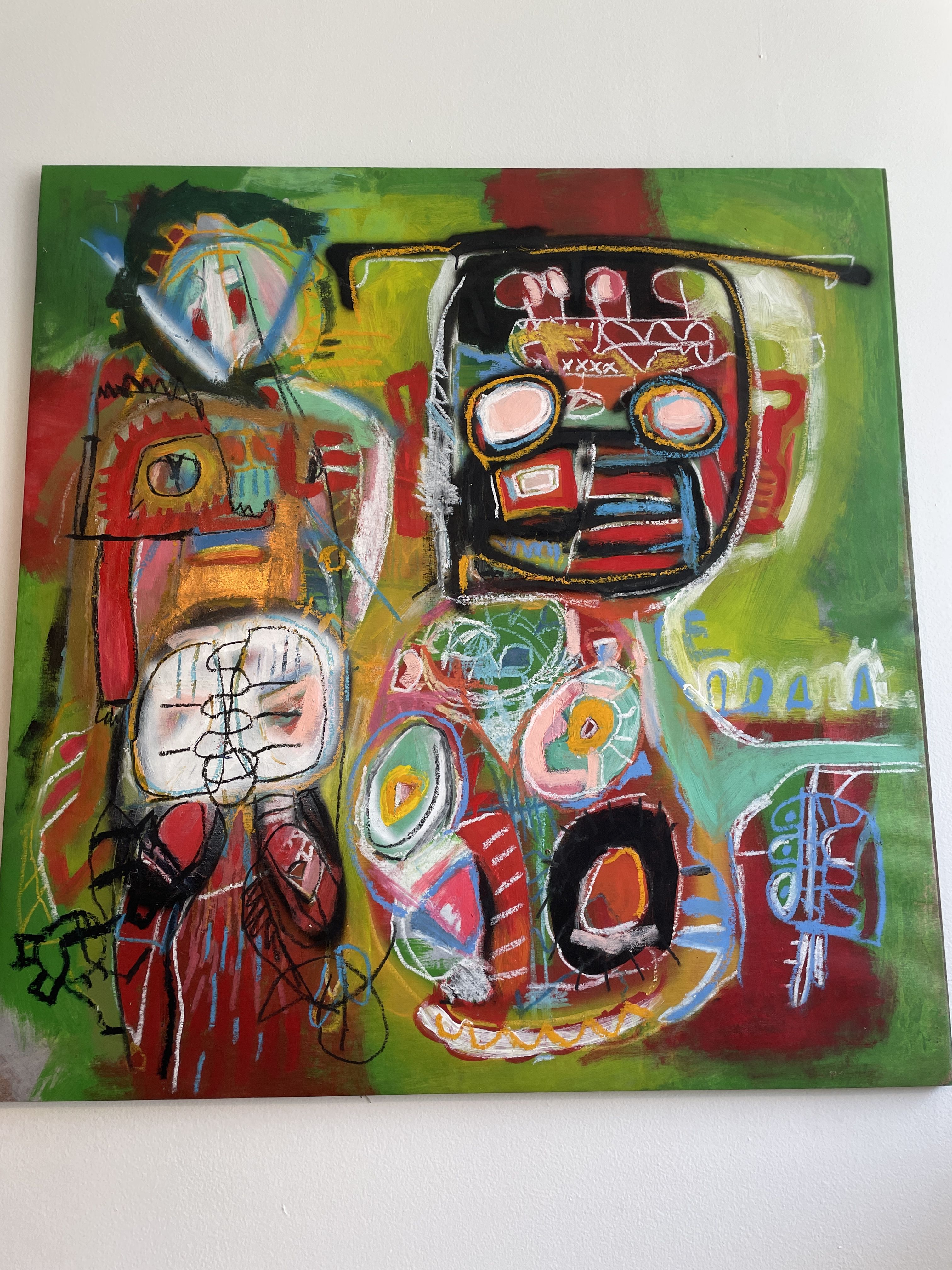
Iacoangeli Riccardo
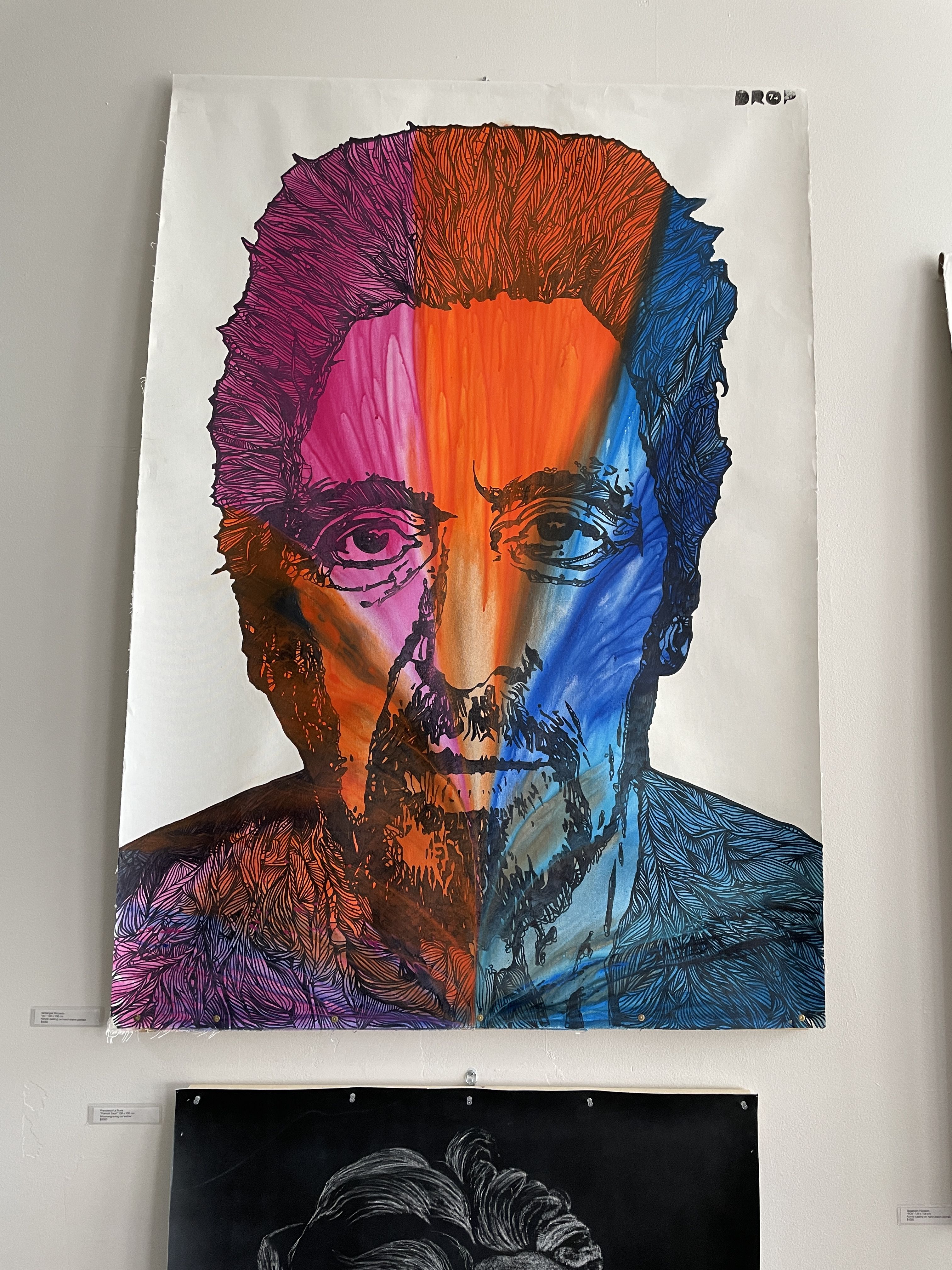
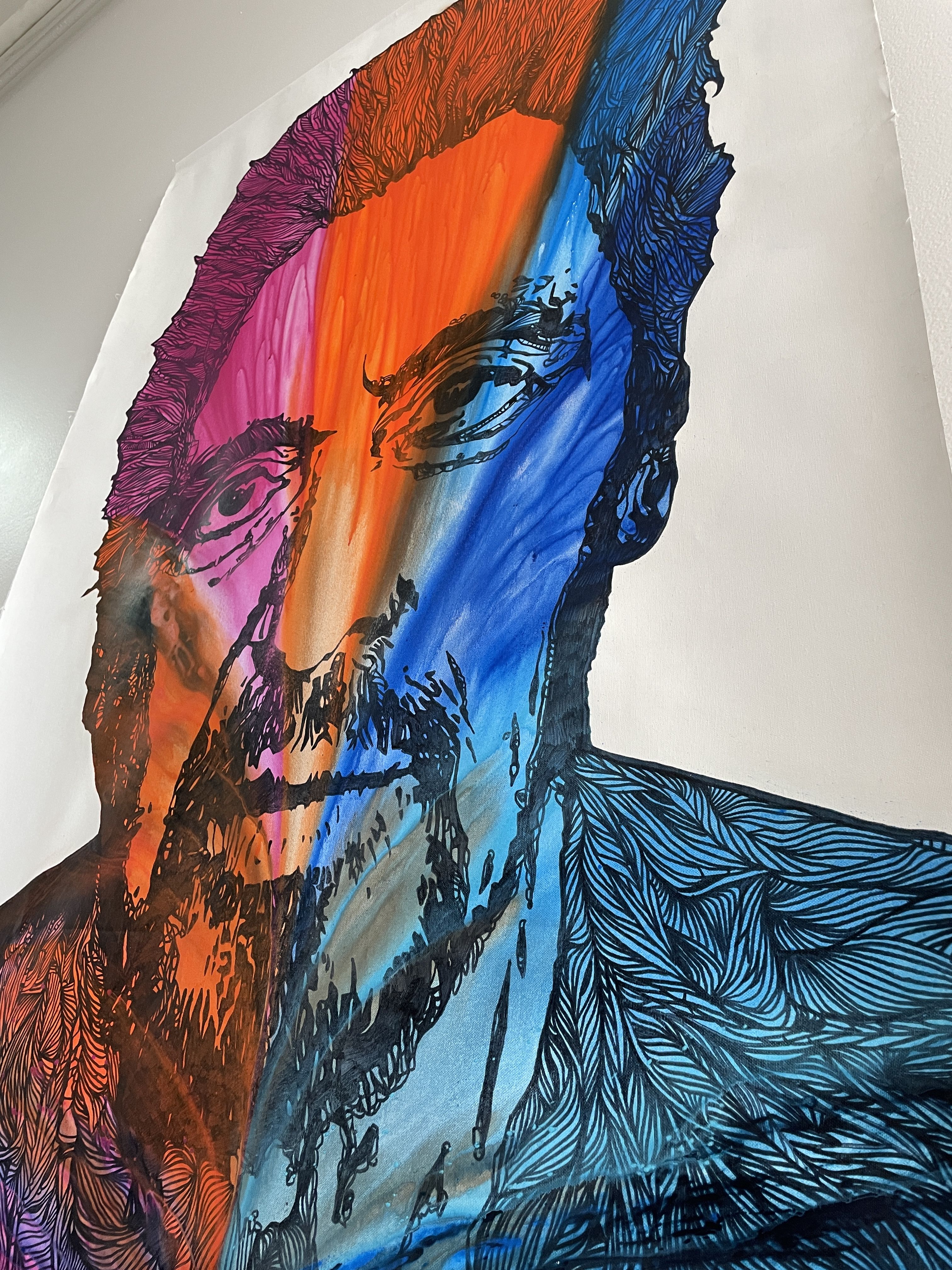

Luca Valerio D'Amico
BIOGRAPHY
Luca Valerio D'Amico is a Roman artist whose passion for discovery has driven him to explore and seek inspiration across the globe. His creative journey is deeply influenced by these travels, which infuse his art with a rich tapestry of international cultures, emotions, and landscapes. His artworks spring to life through simple yet expressive lines that embody both playfulness and sophistication. Sometimes, these lines have a childlike spontaneity, while at other times, they reveal a refined, classical elegance.
D'Amico’s work draws inspiration from the vibrant narratives of Urban and Pop culture, seamlessly blending these contemporary themes with the timeless stories of art history. His artistic language is distinctively Italian, crafted through meticulous planning and precise, hard-edged lines. He uses color sparingly but with intention, allowing each hue to stand out boldly, giving his compositions a unique and captivating appeal. Each piece invites viewers to step into his world, where the modern and the classic converge.
Welcome to Luca Valerio D'Amico’s world—a place where art is reimagined through fresh perspectives, rich stories, and a style that is unmistakably his own.






